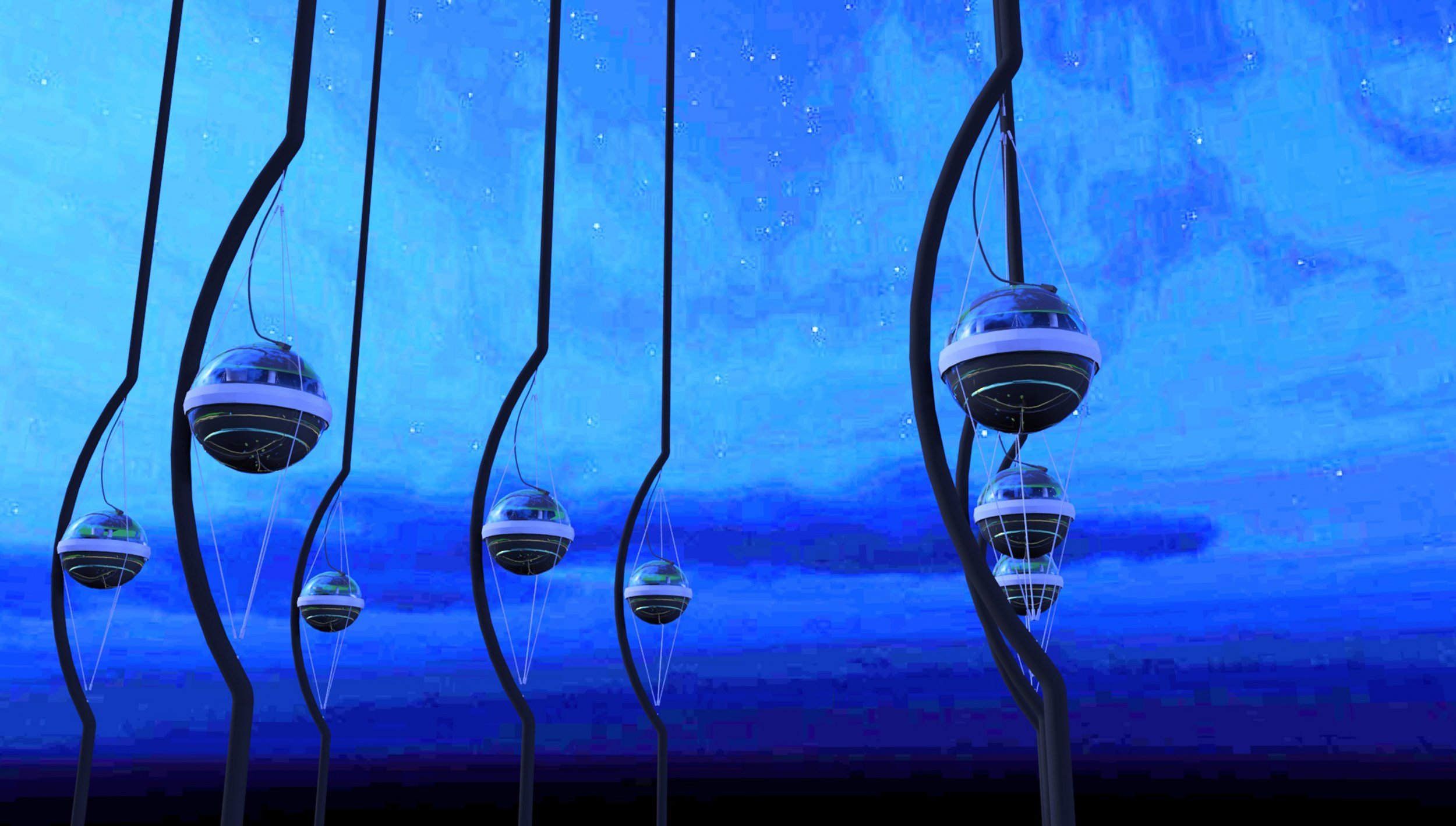
Every second of every day, trillions of near massless particles from outer space pass through our bodies. These mystery "ghost particles" are the most abundant in the universe and are the only thing that can move through Earth—including its dense core—and come out the other side.
These particles, called neutrinos, are fundamental components of the universe and understanding them could provide insight into other concepts in physics, such as the most energetic objects in the cosmos and the nature of dark matter.
It could also help us go beyond the Standard Model, our as-yet incomplete model explaining the forces of the universe. However, neutrinos are near massless and have no charge, meaning they rarely interact with matter—only the most highly energized particles interact with protons or neutrons and get absorbed. As a result, studying them is extremely difficult.

In a bid to catch neutrinos, international scientists created the IceCube Neutrino Observatory. This is a huge particle detector located under a mile of ice near the South Pole. They created it there with the idea that the only particle passing through Earth at such a depth and in those frozen conditions would be neutrinos.
In a study published in the journal Nature, an international team of scientists from the IceCube Collaboration has announced that neutrinos can be stopped as they pass through Earth—a discovery that could open up new avenues of physics research.
While most neutrinos go straight through the planet, the high-energy ones interact with protons and neutrons and are absorbed instead of continuing their journey through space. In their experiments, the team set out a cross section for neutrinos and looked at a year's worth of data, including 10,800 neutrino interactions.
By examining the most energetic particles, they found that the probability of a neutrino interacting goes up the higher energy it is. This is known as the neutrino cross section. Fewer of the most energetic neutrinos made it through to the detector from the northern hemisphere—these would have to pass through the whole planet before making it to the IceCube detector. When they came from less obstructed paths, more neutrinos were detected.
The findings fit with the Standard Model of particle physics, meaning at the moment, we cannot expand on our understanding of the universe. However, Francis Halzen, from the University of Wisconsin-Madison and principal investigator on the project, said being able to measure these high-energy neutrinos could lead to the discovery of particles with cross sections far higher than what is within the realms of possibility in the Standard Model.
If this happens, it could lead to the discovery of higher dimensions of space beyond the three we currently operate in. "My favorite example (of new physics) is that there may be more than three space dimensions," he said in a statement. "You can arrange the theory so that we would not be aware of the additional dimensions, but [higher energy] neutrinos would be, and that would make their cross section increase beyond what we calculate in the Standard Model."
The team now plans to look through seven more years' worth of data to see if they can find more neutrino measurements. "Neutrinos have quite a well-earned reputation of surprising us with their behavior," Darren Grant, from the University of Alberta in Canada and spokesperson for the IceCube Collaboration, said in a statement. "It is incredibly exciting to see this first measurement and the potential it holds for future precision tests."
Uncommon Knowledge
Newsweek is committed to challenging conventional wisdom and finding connections in the search for common ground.
Newsweek is committed to challenging conventional wisdom and finding connections in the search for common ground.
About the writer
Hannah Osborne is Nesweek's Science Editor, based in London, UK. Hannah joined Newsweek in 2017 from IBTimes UK. She is ... Read more
To read how Newsweek uses AI as a newsroom tool, Click here.








